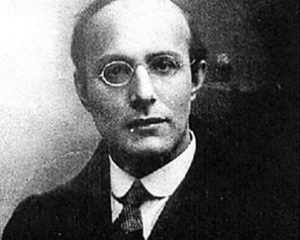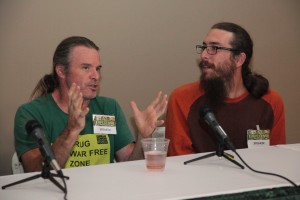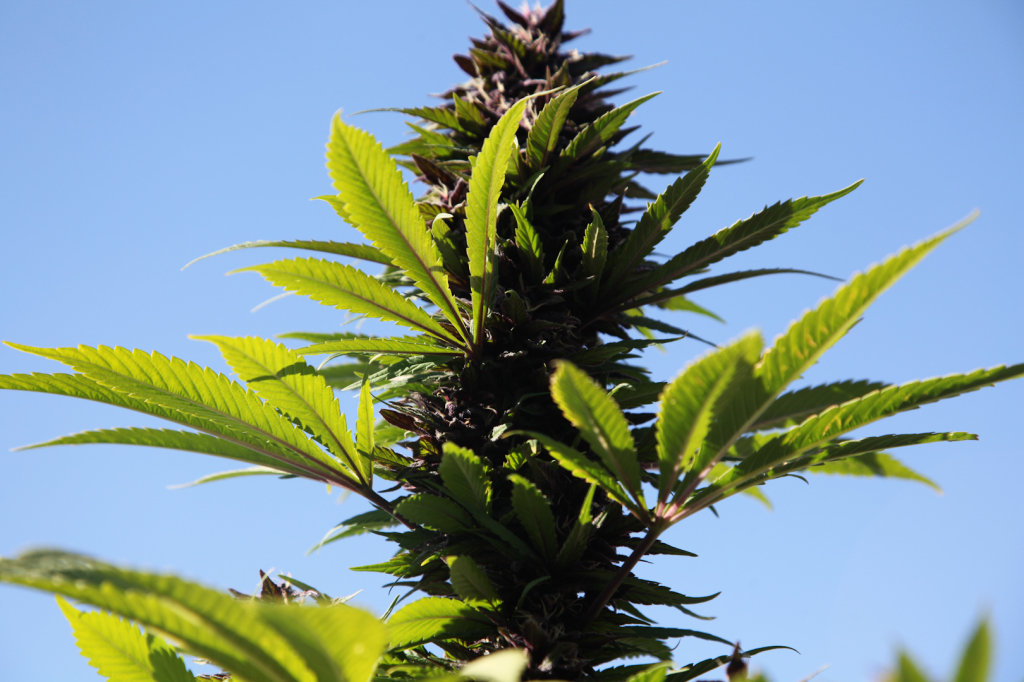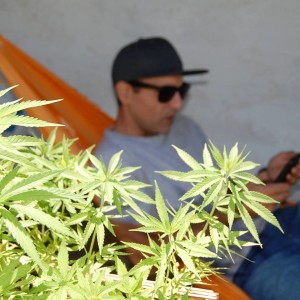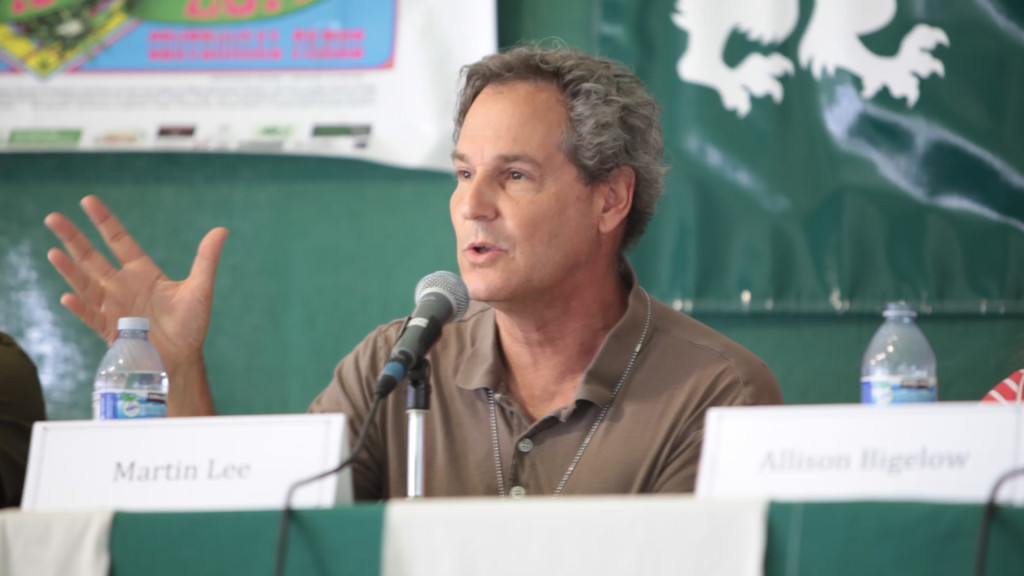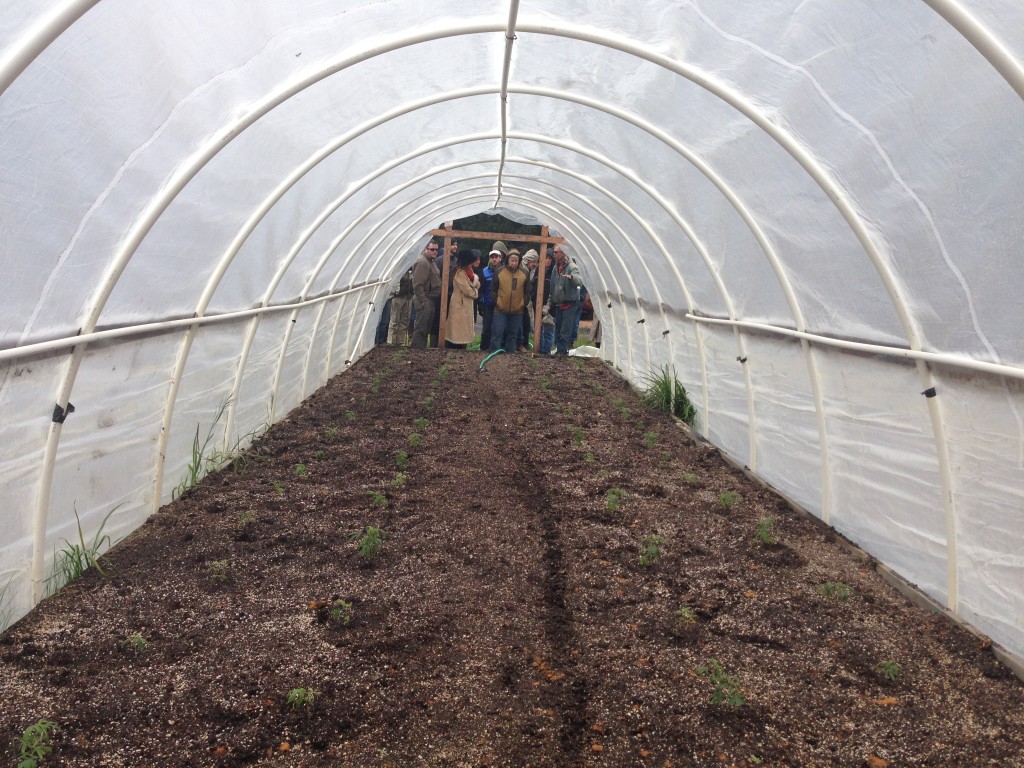
by Dominic Corva, Social Science Research Director
The mission of our nonprofit research organization is to “learn lessons from legalizing landscapes.” Endorsing or not endorsing legalization initiatives is not part of what we do, but given what I am about to say, it seems important to highlight my personal opinion — not the endorsement of this 501(c)(3) organization — that I am positively disposed towards the passage of all 9 legalization initiatives, plus all the medical ones, on ballots this election season.
That said, state-level legalization is one significant part of ending the war on drug plants as we know it. As lifelong cannabis grower, activist, and organizer John Sajo of Douglas County, Oregon keeps telling people, the endgame is local. Right now the Umpqua Cannabis Association is fighting a ban on legal cannabis cultivation in Oregon, a situation that illustrates the limits of state-level legalization and highlights how the endgame of ending cannabis prohibition is local. Let’s review why that is the case before critically examining intra-cannabis discourses for and against legalization.
It’s pretty simple. As long as Federal prohibition stands, and maybe even after, localities will be allowed to opt out of state-legal rules and regulations that permit cannabis cultivation, processing and sharing (not so much with consumption except with respect to where one can consume, interestingly).
This is fundamentally because local jurisdictions have the right to zone, period. They also have the trump card of suing States in Federal courts for their right to ban, outright, but even if they don’t do that, they can zone cannabis businesses out of the landscape.
Legal cannabis business owners will have to change or consolidate local political buy-in to realize the possibility (not the promise!) of actually operating a taxed and regulated business. There are at least two aspects to the endgames of local politics.
The first aspect to local politics is that formal zoning decisions are made by City and County councils. And those councils are responsive to the political constituencies that elect them; and stakeholder institutions with which they are already enmeshed. Law enforcement is probably the most significant stakeholder institution that has to buy in to the rules, zoning and otherwise, that affect the possibility of local cannabis legalization, because local law enforcement enforces local rules (as well as State and Federal ones, though discretion is fundamental to practices of enforcement and discretion is shaped by local enforcement culture as well as local political pressure to enforce or not enforce. Humboldt County, California is a great example of this. Law enforcement could pick and choose, on any day of the week, where and who to police, without ever running out of people to police. And that’s exactly what happens.
The second aspect to local politics is cultural. Local Councils are elected, and they respond to the organized expression of voters who elect them. They don’t respond, by the way, to unorganized expressions of voter interest. There are ways to be heard and engaged with; and there are ways to be heard and then marginalized as the result of how voters express themselves and to whom they seem to belong (desirables and undesirables, basically). Local voters organize around a variety of cultural values.
The variety of cultural values include basic opposition to cannabis because of stigma: “cannabis is bad.” It’s a form of bio-racism, really, and I mean that both literally and symbolically as many voters hate the perceived race of those who are associated with it, culturally.
But it’s not just the irrational bio-racist that stimulates the continuation of local prohibition. It’s the rational bio-racist voter, the one who voted for legalization, just not in their back yard. It’s the one whose local agricultural industry is impacted by rising real estate prices and competition for inputs, or even local industrial economic power. It’s the one who thinks that having cannabis businesses nearby drives down their home values. It’s the one who keeps reading about edible overdoses. And yes, it’s the one who is sickened by industrial greed, which has always been with us because greed has always been with us, but who is finally able to see it nakedly flying the flag of legal cannabis. It’s the voter that does not understand the relationship between cannabis prohibition and the institutionalization of racialized mass incarceration in this country. And it’s the voter who thinks that they are protecting the children — at least, their children, because they don’t understand how cannabis prohibition is incredibly bad for children and families who are already politically and economically invisible in this country: the poor, and people of color.
So, what are cannabis stakeholders getting angry at each other about? Not much of the above, and very little about what’s still to be done after legalization. Here are some observations about that:
- Voter initiatives are unlikely to fail or succeed based on how cannabis people, pro or con, decide to vote. That applies to growers especially, who represent such a miniscule percentage of the voting population as to be pointless. Yes, Humboldt County will vote no. Humboldt County also voted something like 80% for Bernie Sanders in the primary.
- Cannabis consumers are estimated to represent about 10% of the population. Latino voters represent 12% of the population, much greater in California — especially in Southern California, where they are predominantly against cannabis, period. This is cultural-religious, and goes wayyyyy back, since Mexico actually prohibited cannabis before the US did, and Latin American countries — despite what you might think — have prohibited cannabis and other drug plants for their own analogous reasons (hint: they have racial and class politics, too).
- The vast majority of the yes/no votes for legalization will come from normal political demographics: Baby Boomers (who gave us the drug war!), religious groups, women, people of color. These are the people to focus one’s energy on, not other cannabis people who disagree with each other.
- The Prop 64 organizers are definitely focusing on swaying non-cannabis voters; as well as doing a little hysterical stigmatization of totally insignificant cannabis voter blocs, like growers and medical cannabis retailers. These are two very different groups usually at industrial odds, with retailers having captured significant margins for the last 10 years as the wholesale price per lb dropped significantly while the retail price per gram barely budged.
- Eyes on the prize, yes or no on Prop 64-ers. Mudslinging contests make the endgame of local political work — which has years if not decades in front of it — much, much harder. Here’s a couple of ways:
- Yes on 64 people, when you stigmatize and paint everyone who opposes you with the same broad brush, you are cutting off your nose to spite your face. Greedy industry, onerous tax burdens, pesticide problems, corruption, problematic real estate, local bans and moratoria await you on the other side of State-legalization. In fact, most of the really greedy people from pre-legalization have enough capital to get into State-legal schemes. The people who won’t be able to be a part of it are the ones who have not been greedy. In fact, get working on barriers to entry to build bridges for historically marginalized groups because legality isn’t going to change that and probably will make it worse.
- No on 64 people, when you stigmatize and paint everyone who opposes you with the same broad brush, you are cutting off your nose to spite your face. This is the wildly successful outcome of your effort to Overgrow the State. You are the ones who domesticated cannabis agriculture — you are the ones who defeated external producers often associated with violent organized crime. You are the ones who kept the plant alive and available enough to make what’s happening now possible. You are the ones who risked life and limb every step of the way to do so. You may not have planned to end the war on drug plants (many of you actually did plan for that) and take away a key tool for unjust, racial, and genocidal State incarceration and punishment, but you made it possible. This is your opportunity not only to own what you’ve done politically, but to finally bring Economic Justice to the Public Conversation in an age where all such organizing seems to fail for lack of funds.
I’ve tried to avoid calling anyone in particular out, and to avoid promoting anyone’s point of view in particular other than John Sajo, whose life and work embody the best politics of the plant to which I aspire, and I hope inspire others to listen with extreme non-prejudice. This is the moral ground on which I stand, but it’s also the strategically political ground on which I hope others can too. There’s a whole lot of behavior going on in the public discourse around cannabis legalization this electoral season, but implying that anyone who disagrees with you is evil or representative of broad positions only stigmatizes the people of the plant and postpones the endgame of the war on drug plants, which goes way beyond cannabis and towards a more ecologically healthy society.

